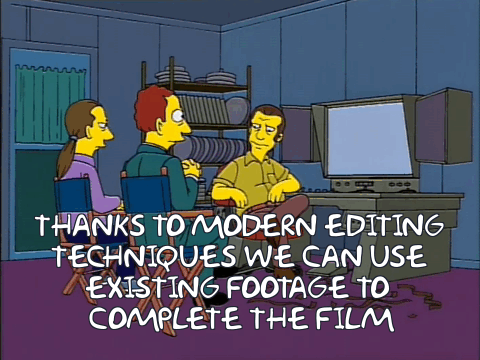Today’s editorial touches on sundry topics including OLEDs, noise and quiet. I am kicked back on a Sunday listening to Kleiber’s
Die Fledermaus, which is just about as light as it gets operatically but worth it to listen to the conductor, one of my very favorites. It is also appropriate that where I live we have a significant population of “flutter mice - fledermaus” (bats) taking to summer skies at night in search of bugs to eat. Now I live a nine mile two lane followed by a mile dirt road distance from the nearest freeway. There are less than three humans living in every square mile in a ten mile radius surrounding me. It is *** quiet around here, particularly at night. The distance to the road sonically (visual straight line) is about a mile, and the noisiest thing here is a car approaching from the valley on the two lane road. It is actually possible to hear them approaching from three or four miles away. Now that I am used to this silence it is amazing the difference to suburbia, downtown LA, or even say Manhattan, where I would advocate electric collars which shock the driver every time they blow the damn horn.
It is nice to listen to 2 channel audio with such a quiet background as so little is added to the to the background of the recording. Makes it seem like “black background” is a desirable design attribute to any audio product. Well I agree with some of that but have a different viewpoint than many. Many sincerely believe that an important component of
any sound reproduction is a black background. I think that music which is created electronically (such as techno, among many others) has no clear background other than electronics. This is quite a different sort of recording than one of music which actually lived in the physical universe; that was created acoustically (in the atmosphere). The gear I build is made to reproduce music which once lived in the real world as opposed to creating melodies which lived as flows of electrons and sampled digits in computers and linear circuits. The latter form creates sound for the first time, and permits enormous (artistic? - technical?) license in the character of the resultant program. I build equipment to as closely as possible
reproduce the sound of the original living musical performance. This is not to say that electronic music is not valid artistically. It is just that I have no idea how the artist intended for it to be experienced. This is a huge obstacle for me. What do I do? Keep building stuff which really works for reproduced music. Like multibit – yeah.
Oh and about black backgrounds. No such thing for electronic music. In a live venue, there are usually people shifting in seats, clearing their throats, swallowing, etc. In controlled recording environments, there are sounds immediately audible as soon as the recording switches on (for example the room size can be clearly heard in some recordings) before the music starts. No such luck in a recording with a perfect “black” background.
This is not to say that digital or analog noise is a good thing in excess. Dither is added digital noise which we added a bit more of to the Yggy 2. The thing was it made it sound quieter and measure much better. Go figure. That’s why Yggys resolve the very low level info they do, and more so as the systems get better.
A perfect analogy to “black” backgrounds is OLED technology in phones and projectors. Many agree the image contrast to be vastly superior to the older LED tech. This may be quite valuable for games, cartoons, and superhero CG non-reality based images. For outside and inside photographic
recreations, the OLEDs black background is extreme and artificial. A visit to a local museum for an analog reference on some film based photographs as a reference followed by a well pondered look at some photographs on OLED vs LED screens may be quite telling. Only my opinion, but these principles guide me in my engineering. A visit to the site
www.shorpy.com might be quite enlightening as to what info has been lost over the years.
Finally a new direction in protos I am building. As I mentioned on the Facebook stream the other day, I am taking a look at CAB (cheap-assed balance) technology as to explore new ways of providing value for those who insist on balanced systems.
The best way to balance in the digital domain is to use two separate DACs per channel. Since digital circuits generate horrible amounts of high frequency noise, a DAC for the other phase of the balanced signal converts all of that noise to common mode and cancels it out.
A much cheaper way is to balance the D/A converter in analog only, the way the majority of our competing balanced units do. This gets rid of the cost of a balanced (including DAC chips) digital section, which is not trivial, considering the parts we use. I’ll be looking at this more seriously in the next few months for less expensive balanced designs. Let it go without saying that the Yggy and Gumby are both fully digitally balanced (hard-way).
In other news, work continues on the Windoze driver for our own USB implementation. Which otherwise is running with a few bugs, but works!
One other new product is on the horizon as soon as a bug (this time from one of our suppliers) is worked out. Thanks to all of you for reading!



























